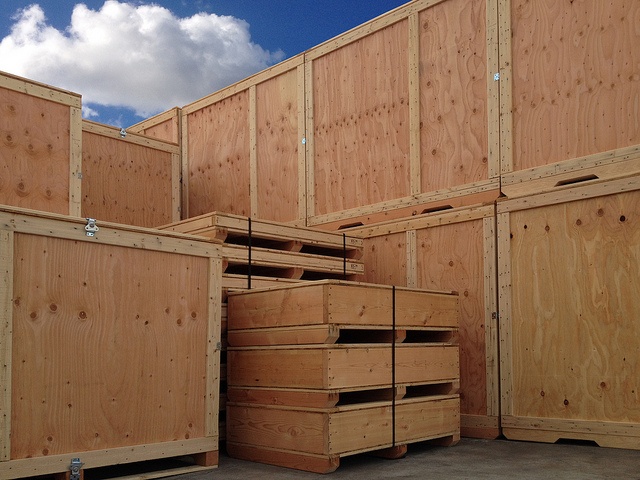 The next step in our Packaging life cycle is Storage, which pertains to the overall length of time your product will be kept in its packaging.
The next step in our Packaging life cycle is Storage, which pertains to the overall length of time your product will be kept in its packaging.
For example different products require different means of protection
- Electronics or Machinery manufacturers protect their products from potential-short-term surface corrosion that can degrade performance or longevity.
- Part Distributors require long-term-protection since the storage time line can be unknown due to unpredictable demand.
- Bio-tech and Perishable products often require short-term temperature-controlled packaging, to avoid damage or spoiling.
A small San Diego Biotech firm ships volatile proteins for DNA testing, domestically and international. These valuable and temperature sensitive proteins were arriving damaged to international destinations, due to a rise in temperature.
Both the domestic and overseas shipments were packaged the same;
- with expanded polystyrene, or EPS, containers
- and four 8 oz. coolant gel packs to maintain an ambient temperature for 72 hours
By tracking test shipments and reviewing shipping records, we found that the domestic shipments typically arrived in 48 hours in good condition; while the international shipment took twice as long to arrive. It turned out the EPS containers were not suitable for shipments that exceeded 72 hours.
The temperature issue was resolved by switching to a water-blown-polyurethane-foam or PURR container, which has almost double the insulation capacity of the same size EPS container.
The PURR container successfully reduced damage claims of all international shipments to zero. The benefit from eliminating damaged proteins out weighed the increased cost of the new PURR container.
Let’s talk about preventing surface corrosion during storage. There are many products available that can either:
- Emit corrosion inhibiting vapors into the product air space in a package
- Absorb moisture within a sealed package
- Completely cover the product surfaces with a protective coating
The type of protection used for your particular product would require some analysis based on the conditions stated earlier.
Here are some packing tips to reduce the chance of corrosion developing during your packaging phase.
- Clean and Dry parts before packing
- Wear clean dry gloves when handling metal parts
- Avoid direct contact of metal with packaging material such as; wood, paper or cardboard
- While packing, the temperature of the parts should be the same as the current room temperature
- Seal packages with heat sealing or waterproof tape
Now here we come to a Military parts distribution warehouse that was experiencing a high rate of surface corrosion on stored parts. They were in desperate need of a solution for a product that would not only prevent rust during storage, but would remove existing corrosion that had taken place.
Valley Box implemented a Corrosion Prevention Plan that utilized Zerust Rust Removal products to successfully remove all corrosion. A variety of emitters and desiccants were used in concert with vapor barrier bags to eliminate all incidences of corrosion.
This yellow drawer liner is a non-toxic, recyclable, Ferrous polyethylene film that can be placed into storage drawers for metal parts.
The custom sized green bag contains corrosion inhibiting technology and protects both ferrous and non-ferrous metals.
The Yellow capsules emit powerful corrosion inhibiting molecules which settle on metal surfaces, protecting the parts from corrosion.




